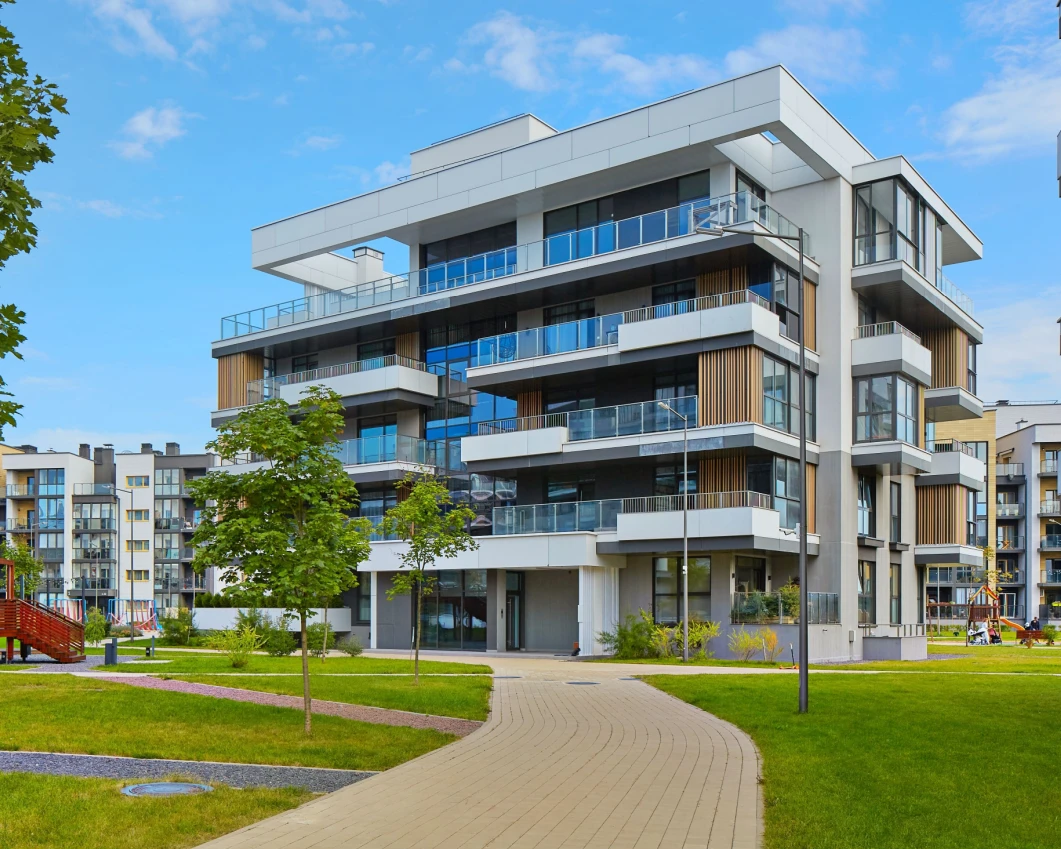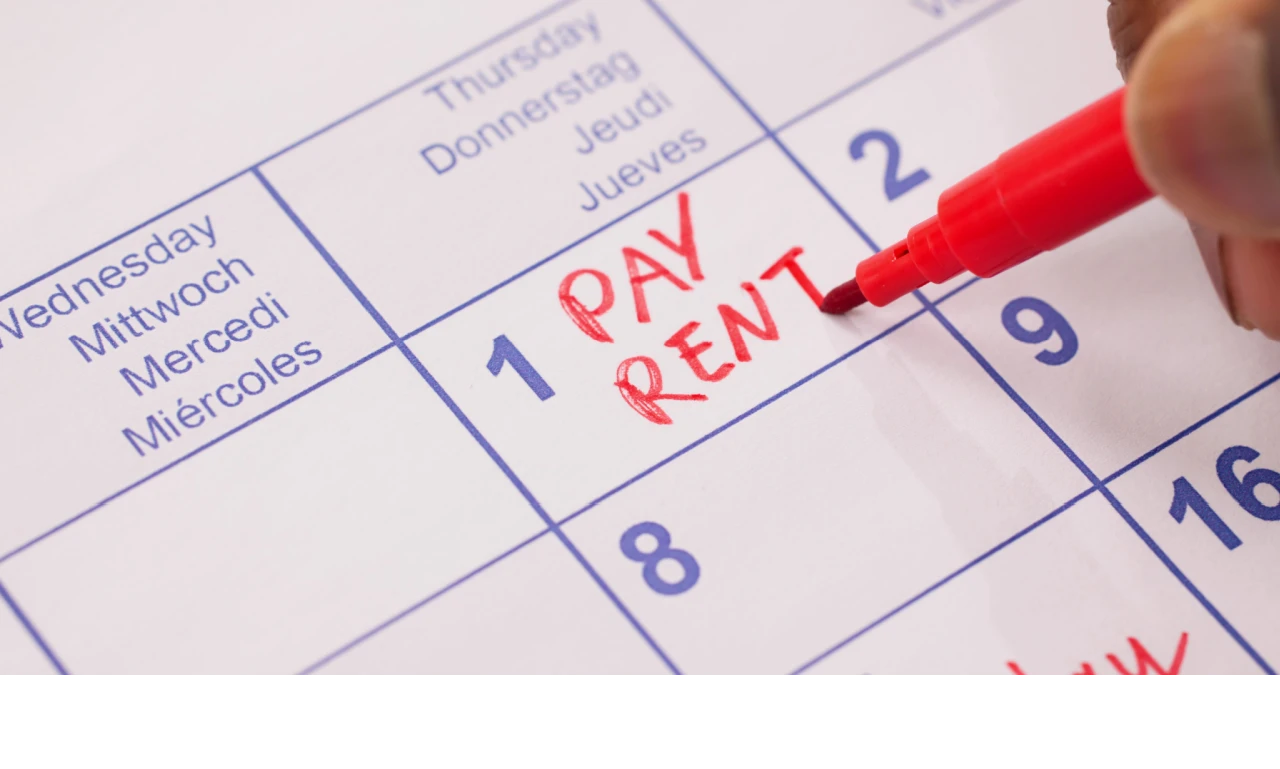
When Rent Is Due but Revenue Isn’t: The Late Rent Crisis Among Small Business Tenants
Late rent payments among small businesses are reaching record levels, with upwards of 40% of owners reporting they struggle to pay rent on time each month, according to recent nationwide surveys (Alignable). That trend raises a key question: is the traditional rent payment model still working for today’s commercial tenants?
In commercial real estate, rent is typically due in full on the 1st of the month. For landlords, that offers predictability and aligns with accounting norms. But for many small, independent tenants, making a lump sum payment on a fixed date isn’t always realistic.
Many small businesses operate on thin margins and unpredictable or cyclical cash flow. Layer in rising rents, softer consumer spending, and increasing supply costs, and even reliable tenants can struggle, leading to more late payments, extra follow-up for landlords, and in the worst cases costly lease breaks.
That’s why more property managers and tenants are starting to explore flexible rent structures, models that better align with how small businesses actually bring in revenue. Even modest adjustments help reduce avoidable tenant churn and keep properties running smoothly.
Common Cash Flow Challenges Faced by Tenants
1. Seasonal and Sales Volatility
Many food and retail businesses experience fluctuating customer demand throughout the year. A café might see high weekend foot traffic in the summer and slower weekdays in the winter. A gift store could peak during the holidays and face a drop-off in early Q1.
2. Billing and Payment Delays
Service-based small businesses often operate on billing cycles that don’t align neatly with the 1st of the month. For example, an event coordinator might host a wedding on the 2nd and invoice the client immediately, but receive payment closer to the 20th.
3. Inventory or Upfront Operating Costs
Retailers frequently make large inventory purchases at the start of a new season. These bulk orders reduce liquidity just as the next rent bill arrives.
4. One-Off Operational Disruptions
Unexpected events like a broken espresso machine, emergency repairs, or temporary staffing needs can derail a tenant’s rent budget, even if only for one month.
5. Shrinking Financial Buffers
Many small businesses still haven’t fully recovered from pandemic-era disruptions. With thinner reserves, high-interest debt, and tighter credit, even a minor surprise, like short staff, can reduce the month’s rent cushion.
Today’s Economic Pressures Are Making Things Worse
Beyond the usual ups and downs of small business cash flow, current economic conditions are adding more strain. Many tenants are now facing:
- Rising commercial rents
- Softer consumer spending
- Growing costs of labor, goods and supplies
It’s a difficult combination, especially for businesses already operating on thin margins. Even long-term tenants or those with solid potential are feeling the pressure. One of the first major expenses to be impacted is often rent.
These pressures are leading more landlords and tenants to question whether the traditional rent model still works, and whether even small adjustments could reduce friction.
What Happens When Rent Timing Doesn’t Match Revenue
In today’s margin-pressured environment, many rent problems stem not from failing businesses but from timing mismatches.
When lump sum rent is due on a fixed date, but income is uneven and facing margin pressures, avoidable payment issues tend to arise:
Late Rent Payments
Even stable tenants can fall behind when revenue arrives days or weeks after rent is due.
For example, an event planning company collects client payments two weeks after services are delivered, missing the rent due date on the 1st.
Early Lease Terminations
When timing issues repeat, tenants may be forced into a lease break situation, even if the business itself is viable.
For example, a café in its first year exits in March after a slow winter, despite a strong summer and early signs of recovery in spring – brought down by insufficient budgeting rather than business potential.
Late rent spiral
For small business tenants with limited cash buffers, once rent is missed or delayed in a given month, it can throw off their entire cash flow rhythm. Here’s why it can become a vicious cycle:
- Catch-up pressure: Falling behind one month means juggling two payments the next, on top of payroll and inventory.
- No buffer: Cash reserves vanish, leaving no room for slow weeks or surprises.
- Added strain: Late fees pile on, making each month harder to recover.
This cycle is even harder to break in today’s economic environment. When tenants start hitting a wall, flexible payment systems can offer a way for some of those tenants to regain stability, helping them regain their footing without falling further behind. But the most effective solution is prevention: giving tenants the right structure before they fall behind can reduce the risk of entering the late rent spiral altogether.
Commercial landlords are already adjusting, but current strategies can come at their own expense.
With rent payment timeliness slipping and vacancy rates on the rise in certain segments of the commercial market, landlords are increasingly looking to retain good commercial tenants. In response, a growing number of property owners have begun accommodating tenant cash flow realities in practical ways:
- Accepting multiple small payments via Venmo, Zelle, or PayPal
Many landlords now allow tenants to pay in several installments via person-to-person platforms. While convenient, these tools lack key features for commercial leases, like recurring auto-payments, partial payment controls, and proper tax reporting. - Spreading rent across weekly or biweekly installments
Some landlords informally let tenants split rent into smaller payments. This helps with cash flow but fragments income and complicates tracking. - Embedding flexible payment terms into lease agreements
Landlords sometimes include seasonal rent, break points, or temporary schedules in leases. Others offer winter discounts or structure rent as a percentage of sales (esp. in retail). While helpful, these approaches require added admin and often reduce returns or only work in certain sectors. - Offering short-term or convertible lease models
Flexible leases, like short-term, co-working, or expandable footprints, are becoming more common, especially in mixed-use buildings.
Why These Practices Can Fall Short for Landlords
While these flexible approaches can help tenants stay afloat, they often create major operational and financial headaches for landlords:
-
Rent collection becomes fragmented, requiring extra tracking and reconciliation
-
Day-one rent collection drops, complicating financial planning for larger property managers
-
Consumer payment apps lack the automation, reporting, and controls needed for commercial leases
-
Custom lease clauses introduce legal complexity and added back-office work
-
Returns may drop due to seasonal discounts and other cyclical payment arrangements
In short, landlords are making concessions to keep tenants in place, but the methods available today are often hard to scale and costly to manage.
Support Tenants Without Disrupting Operations
Landlords know small business tenants often need more flexibility to manage cash flow—but until now, offering that flexibility meant added risk, costs or operational hassle.
RentFlow, backed by Y Combinator, is the first platform built to solve this.
It syncs directly with tenant revenue, pays landlords in full on the 1st of each month, and lets commercial tenants repay gradually in line with their revenue.
RentFlow enables:
- Full rent paid to landlords on the 1st, every month, at no cost to them
- Tenant repayments in 2 to 4x monthly installments or on a revenue-based schedule – interest-free
- Set-it-and-forget-it rent budgeting that adapts to cash flow cycles
- Automated collection, reconciliation, and reporting, no added admin
For landlords, nothing changes operationally, except the risk of default goes down and tenant retention goes up.
RentFlow acts as a buffer: protecting consistent rent income while giving tenants the flexibility they need to stay on track.
Final Takeaway
Small business tenants are facing mounting pressure from rising rents, shrinking margins, and volatile cash flow. Late payments and lease turnover are becoming more common—not necessarily because these businesses are failing, but due to a mix of factors. When cash is tight, a rent schedule that doesn’t match the business reality can be enough to tip the balance.
For landlords, the challenge is maintaining occupancy without adding operational strain. Flexible rent models, when supported by the right systems, can ease that friction. Solutions like RentFlow offer a win-win: tenants get the flexibility they need, while landlords preserve cash flow and stability without added cost or complexity.
Learn more: www.therentflow.com
Contact the RentFlow team: Contact Us
Co-founder bios & contact info
Joseph Thalinjan
Joseph is the Co-Founder of RentFlow.
He previously spent three years as a consultant at McKinsey & Company, where he advised leading global REITs and commercial property managers on strategy, operations, and ROI optimization.
Accepted into Y Combinator in 2024, he is now focused full-time on rethinking and optimizing how businesses manage rent and cash flow.
Contact:
Alix Maurin
Alix is the Co-Founder of RentFlow.
She previously spent three years as a consultant at McKinsey & Company, where she worked with leading international fintechs and banks on growth, product innovation, and small business banking.
Accepted into Y Combinator in 2024, she is now focused full-time on rethinking and optimizing how businesses manage rent and cash flow.
Contact:















 Accessibility
Accessibility